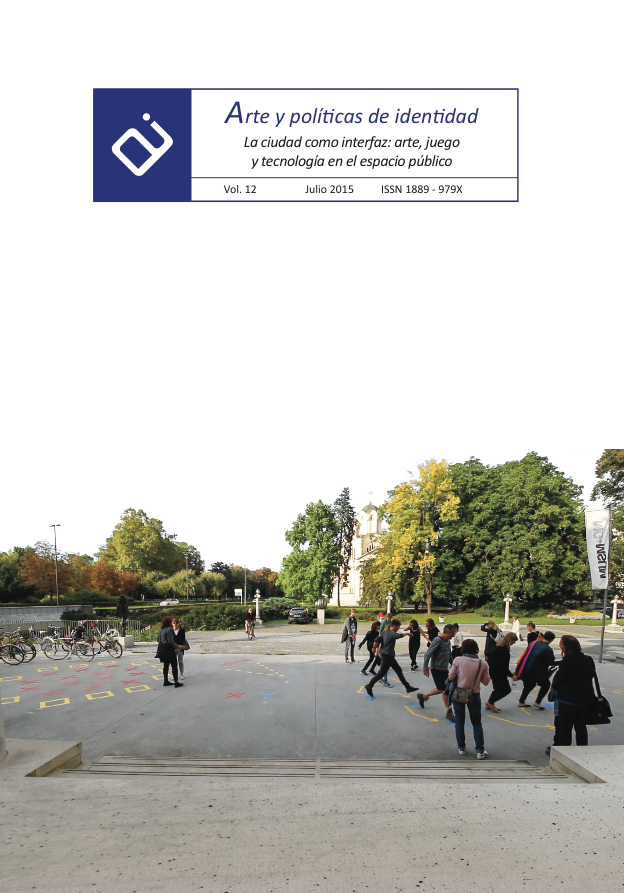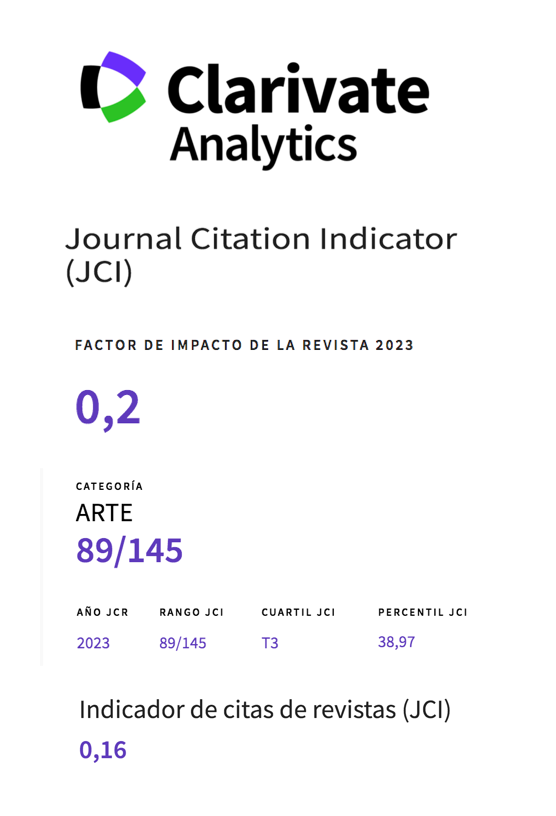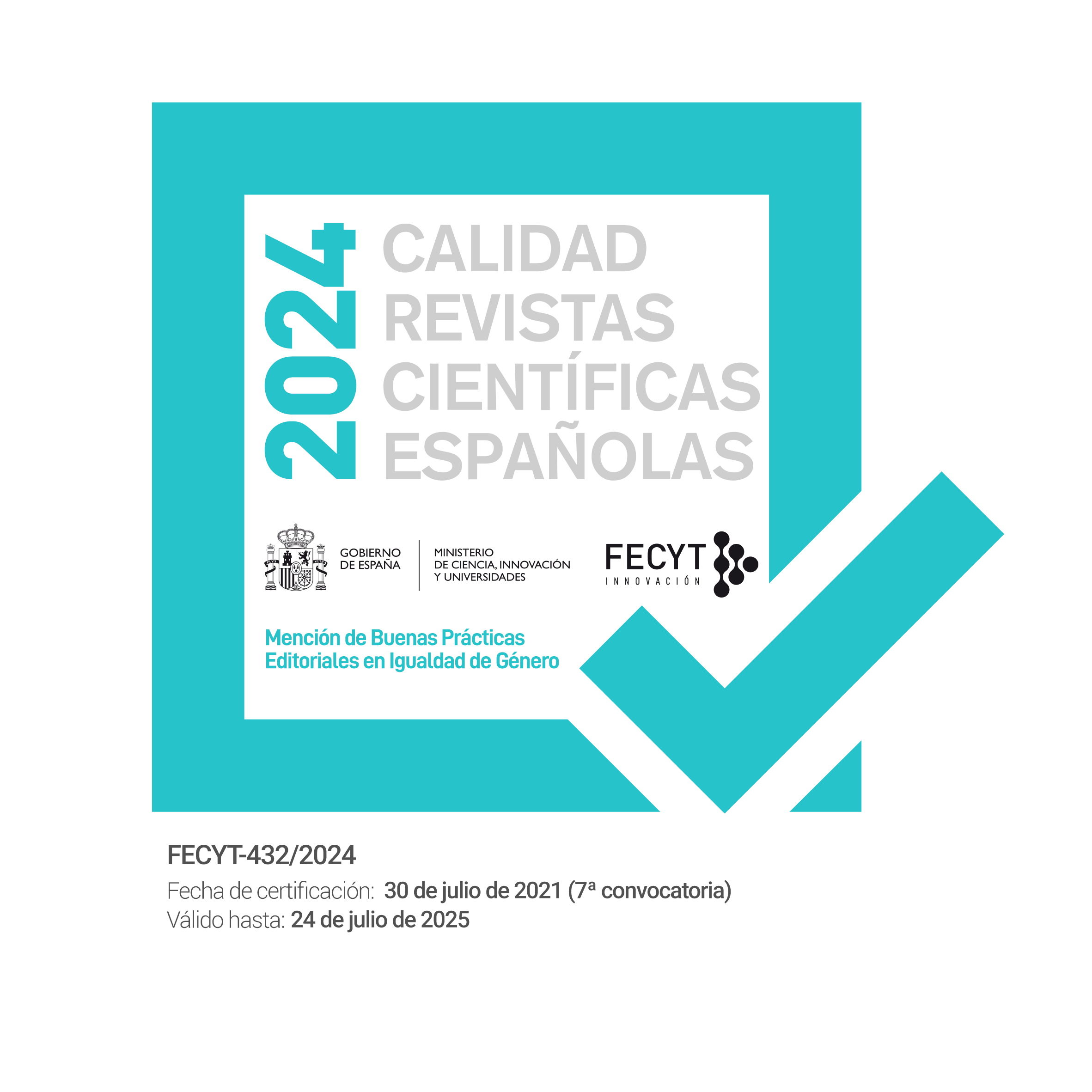Urban Interaction Design: Convergence of Discipline Towards a New Way of City-Making
Abstract
In a time of crisis in traditional urban policies and the generalization of a complex digital infrastructure in the networked society, the role of citizens stands as a crucial debate. While certain discourses are presented as irreversible and unequivocal on this relationship between urban living and technology, the article discusses the possibility of building alternative discourses from different urban interaction design practices that are converging in urban spaces are spaces for city-making and civic engagement.Downloads
-
Abstract282
-
PDF (Español (España))313
References
Bell, G. y Dourish, P. (2006). Yesterday ́s tomorrows: notes on ubiquitous computing ́s dominant vision. Personal Ubiquitous Computing (2006)
De Lange, M. y De Waal M. (2012). Ownership in the Hybrid City. Amsterdam: Virtueel Platform
De Waal, M. (2011a). The ideas and ideals in urban media theory. En Foth, M., Forlano, L., Satchell, C. y Gibbs, M. (eds). (2011). From Social Butterfly to Engaged Citizen: Urban Informatics, Social Media, Ubiquitous Computing, and Mobile Technology to Support Citizen Engagement, falta página Cambridge: MIT Press
De Waal, M. (2013). The city as interface. How new media are changing the city. Rotterdam: Nai 010
Fernández, M. (2013). Smart cities of the future. En Hemment, D. y Townsend A. (2013). Smart citizens. falta página Manchester: Future Everything
Foth, M., Forlano, L., Satchell, C y Gibbs, M. (eds.) (2011). From Social Butterfly to Engaged Citizen: Urban Informatics, Social Media, Ubiquitous Computing, and Mobile Technology to Support Citizen Engagement. Cambridge: MIT Press
Galloway, A. (2008). A Brief History of the Future of Urban Computing and Locative Media, (Tesis doctoral) Ottawa: Carleton University
Goodspeed, R. (2014). Smart cities: moving beyond urban cybernetics to tackle wicked problems. Cambridge Journal of Regions, Economy and Society Advance Falta volúmen revista número y página
Greenfield, A. (2006). Everyware: The Dawning Age of Ubiquitous Computing. Berkeley: New Riders Publishing
Greenfield, A. (2013). Against the smart city. Nueva York: Do Projects
Greenfield, A. y Shepard, M. (2007). Urban computing and its discontents, situated Technologies Pamphets 1. Nueva York: The Architectural League of New York
Hill, D. (2012). The city that smart citizens built. City in a box Volume 34 falta página
Iveson, K. (2011). Mobile media and the strategies of urban citizenship: discipline, responsibilisation, politicisation, en Foth. M, Forlano, L., Satchell, C. y Gibbs, M. (eds). (2011). From Social Butterfly to Engaged Citizen: Urban Informatics, Social Media, Ubiquitous Computing, and Mobile Technology to Support Citizen Engagement. Cambridge: MIT Press
Kitchin, R. (2014). The Real-time City? Big Data and Smart Urbanism. Geo Journal 79. 1–14.
Kitchin, R. y Dodge, M. (2011). Code/Space. Software and Everyday Life. Cambridge: MIT Press.
Paulos, E. (2009). Manifesto of open disruption and participation. Recuperado de http://www.paulos.net/papers/2009/manifesto2009.html
Shepard, M. (2011). Sentient City. Ubiquitous Computing, Architecture, and the Future of Urban Space. Cambridge: MIT Press
Townsend, A. (2013). Smart Cities: Big Data, Civic Hackers, and the Quest for a New Utopia. New York: W. W. Norton & Company.
URBANIXD (2014a). Urban interaction design. Towards city making. Amsterdam: UrbanIxD, faltan AUTORES
URBANIXD (2014b). Interactions in hybrid urban space: the UrbanIxD exhibition. Catalogue. Zelina (Croacia): UrbanIxD faltan AUTORES
Vanolo, A. (2014). Smartmentality: The Smart City as Disciplinary Strategy. Urban Studies 51(5) 2013, 1-16
Weiser, M. (1991). The computer for the 21st century, en Scientific American, September 1991 faltan páginas
Works published in this journal are subject to the following terms:
- The Service of Publications from the University of Murcia (publishing house) keeps the published works’ copyrights, and favors and allows the reuse of these works under the license indicated in point 2.
- Works are published in the journal’s online edition under the license Creative Commons Reconocimiento-NoComercial-SinObraDerivada 3.0 España(texto legal). They can be copied, used, disseminated, transmitted and publicly exhibited, as long as: i) the author and original source of publication are cited (journal, publishing house and work’s URL); ii) they are not used for commercial purposes; iii) the existence and specifications of this license are mentioned.
3. Conditions for auto-file. It is allowed and encouraged that authors share electronically their pre-print version (the pre-reviewed version) and /or post-print version (the reviewed and accepted version) of their Works before the publication, since it promotes its circulation and dissemination. RoMEO color: green.










